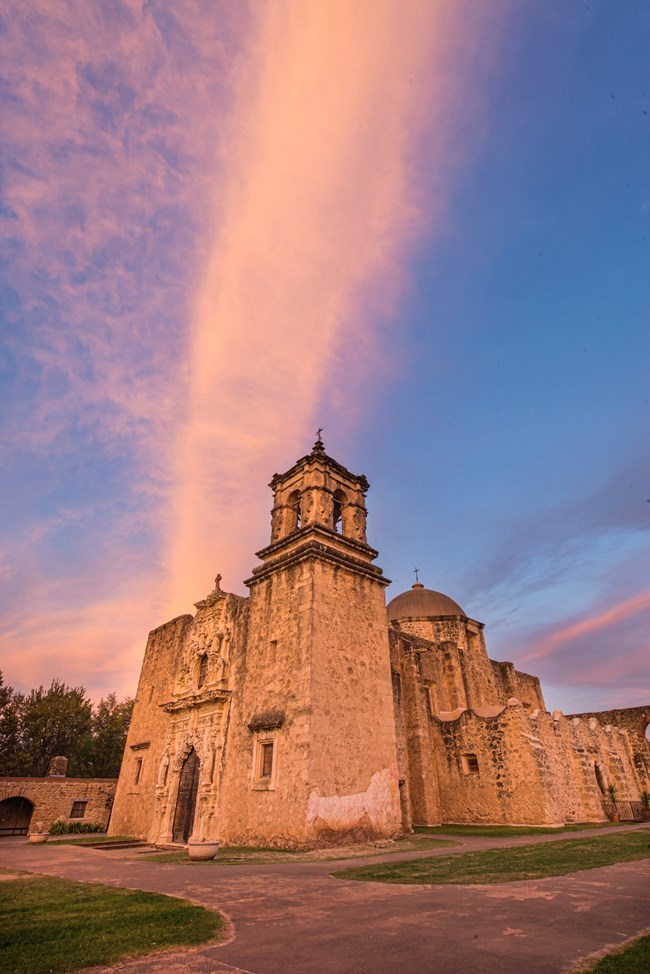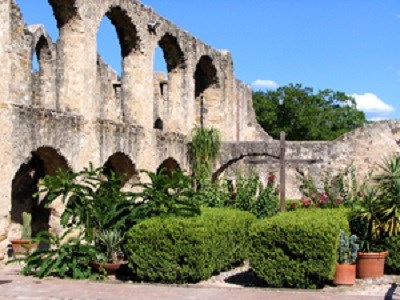Immerse Yourself: San Antonio Missions National Historical Park Address Particulars
Immerse Yourself: San Antonio Missions National Historical Park Address Particulars
Blog Article
Reveal the Cultural Treasures of Texas at the San Antonio Missions National Historical Park
The missions, deeply rooted in both Spanish and Native societies, stand as testament to a time when faith, tradition, and area linked to form the landscape we see today. Each goal tells a special tale, offering a glance right into the past that is both captivating and provocative.
History of San Antonio Missions
The origins of the San Antonio Missions can be traced back to the 18th century when Spanish promoters established these spiritual stations in Texas. These missions were built with the objective of spreading Christianity and transforming the aboriginal population to Catholicism. The very first mission, Goal San Antonio de Padua, was started in 1718, complied with by Goal San Jose in 1720, Goal San Juan Capistrano in 1731, and Mission San Francisco de la Espada in 1731. These goals were not only churches but additionally worked as centers for agriculture, industry, and education and learning, playing a substantial role in the growth of the region. In time, the objectives became successful areas with churches, living quarters, workshops, and farmland.
Regardless of dealing with difficulties such as disease, disputes with Native American people, and political changes, the missions proceeded to operate for many years. Today, the San Antonio Missions stand as a testament to the abundant social heritage of Texas and provide a peek right into the history of Spanish emigration in the area.
Building Marvels of the Goals

Each objective within the San Antonio Missions National Historic Park flaunts one-of-a-kind architectural qualities. The Objective San José, referred to as the "Queen of the Goals," impresses visitors with its grand church embellished with fancy carvings and a striking rose home window. On the other hand, the Objective San Juan Capistrano showcases a less complex design with its moderate belfry and humble yet elegant chapel.
The architectural marvels of the missions not only function as historical sites but also as living testaments to the social blend that specifies Texas' abundant heritage - San Antonio Missions National Historical Park entrance fee. Site visitors can discover these structures, admire their detailed information, and obtain a much deeper admiration for the craftsmanship and artistry of the past
Cultural Value of Objective Concepcion
With its distinctive red stone wall surfaces and complex geometric designs, Goal Concepcion stands as a testimony to the sustaining social tradition of the San Antonio Missions National Historical Park. Constructed in the very early 18th century, Goal Concepcion is renowned for its well-preserved frescoes, which illustrate a mix of Spanish, Native American, and Mesoamerican impacts. These vibrant frescoes not just display the creative skills of the individuals that created them however additionally act as an aesthetic depiction of the cultural combination that occurred within the goal walls.
Beyond its architectural charm, Goal Concepcion holds significant social relevance as a site where native individuals were introduced to European customs and Catholicism. The mission played an essential function in shaping the social landscape of Texas, functioning as a hub for religious, social, and financial activities. Today, Mission Concepcion proceeds to be a location of cultural significance, drawing in site visitors from around the globe that look for to explore and appreciate its rich background and architectural wonders.
Native Influence on Mission Life

Evident via the day-to-day communications and cultural exchanges within Objective Concepcion, aboriginal impacts played an essential role in shaping the material of mission life in the 18th century. Aboriginal areas brought a riches of understanding and skills that substantially affected different facets of objective life. Their knowledge in farming, craftsmanship, and typical recovery practices not just maintained the missions yet likewise improved the social landscape within the goal wall surfaces.
Indigenous influence expanded past practical skills, penetrating into spiritual techniques and creative expressions. Indigenous ideas and personalizeds intermingled with Catholic mentors, leading to an unique syncretic mix that specified the spiritual life of the missions. Native artisans also left a her latest blog long-term mark on the missions with their elaborate workmanship, apparent in the in-depth carvings and vibrant frescoes that adorn the mission churches.
Conservation Efforts and Future Plans
The combination of native influences within the material of objective life at San Antonio Missions National Historical Park has actually stimulated thorough conservation initiatives and tactical future strategies focused on guarding and improving the social prizes housed within these historical websites. Conservation initiatives at the park are complex, consisting of preservation of the architectural frameworks, defense of the bordering native environment, and documentation of the rich cultural heritage embedded in the missions. Via partnerships with regional areas, federal government firms, and cultural companies, the park has implemented conservation jobs to resolve concerns such as disintegration, structural stability, and historical interpretation.
Looking ahead, the San Antonio Missions National Historical Park has ambitious future strategies to additional enhance its cultural importance. These strategies include expanding educational programs, improving visitor experiences via interactive exhibits and trips, and cultivating continued research to deepen understanding of the objectives' historical context. By focusing on conservation and advancement, the park intends to guarantee that these social prizes stay accessible and meaningful for generations to come.

Verdict
To conclude, the San Antonio Missions National Historic Park in Texas showcases an abundant background, remarkable building wonders, and deep cultural significance. The objectives, especially Objective Concepcion, mirror the influence of indigenous populaces on mission life. Conservation initiatives are continuous to ensure these cultural prizes are secured for future generations to value. The park stands as a testament to the enduring tradition of the goals in Texas.
Please visit one of our local supporters - Quick Liquidation Pallet Houston
Report this page